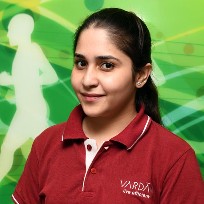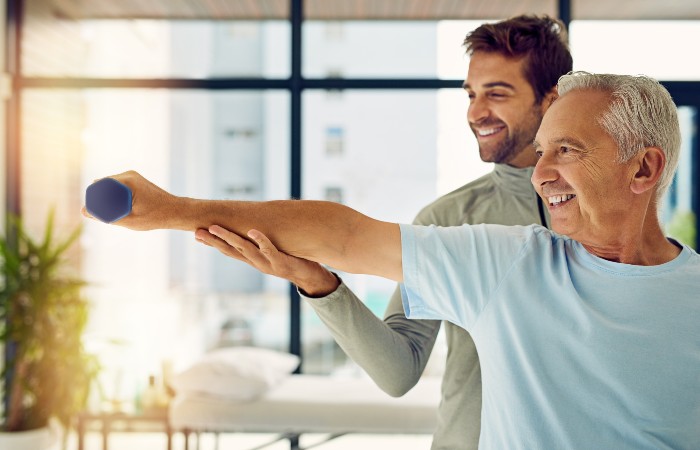

 By - Amanpreet Kaur Functional Manual Therapist at VARDĀN |
| Thoracic outlet syndrome (TOS) is a condition in which there is compression of the nerves, arteries, or veins in the passageway from the lower neck to the armpit. There are three main types: neurogenic, venous, and arterial. The neurogenic type is the most common. Patients also complain of headache which may be due to posture, tension or vascular compromise. |
|
|
|
Neurogenic TOS includes disorders produced by compression of components of the brachial plexus nerves. The neurogenic form of TOS accounts for 95% of all cases of TOS.
Symptoms
|
|
Arterial TOS is due to compression of the subclavian artery. This is less than 1% of cases.
Symptoms
|
|
Venous TOS is due to compression of the subclavian vein. This makes up about 4% of cases.
Symptoms
|
|

| Functional Manual Therapy® (FMTTM) is an integrated evaluation and treatment system that promotes optimum human performance by enhancing total body mobility. In FMTTM, we identify limitations within the joints, soft tissues, viscera and neurovascular tissues. Limited mobility in these structures can impair an individual's function. In a condition like Thoractic Outlet Syndrome, the Thoracic outlet is compromised, which brings forth symptoms. The idea is to retain that space so that there is no compression of Neurovascular bundle. Neural tissues are mobilised to minimise the symptoms. Mobilisation of joints - primary focus is to give a better alignment, to improve the mobility so that there is no pulling on neurovascular structures. Tight or hypertrophied muscles can be released so as to prevent impingement of the Neurovascular bundle i.e. artery, vein, nerve. Also, FMTTM focuses on synergistic activation of required muscles. This approach helps to retain the results that are gained through releases and mobilisation. Proprioceptive Neuromuscular Facilitation & CoreFirst strategies can be used to strengthen core muscles. It helps in identifying daily activities that could be the aggravating a particular condition and then helps in ergonomically transforming it. |

| Our Client Speak Amanpreet is absolutely phenomenal and her guidance has been key for me in understanding the functioning of my body and maintaining correct postures for maximum impact. I use her tips and suggestions to date and wanted to share how grateful I am for the insights she gave. - Samiha Aboobacker |


|
VARDĀN is open for consultation & treatment sessions. You can book an appointment with our Functional Manual Therapist to avail our services. We are following stringent precautionary measures for your safety. To contact, you may call or mail us. |
Please call 011-43580720-22, 8:30 AM to 6:00 PM
Monday to Sunday
You may also contact our team on
+91-9971112446, +91-9910955500, +91-9810306730, +91-9910855500
Email: vardan@timesgroup.com | Web: www.vardan.in
Address: 16-A, Ring Road, Lajpat Nagar- IV, New Delhi 110024
